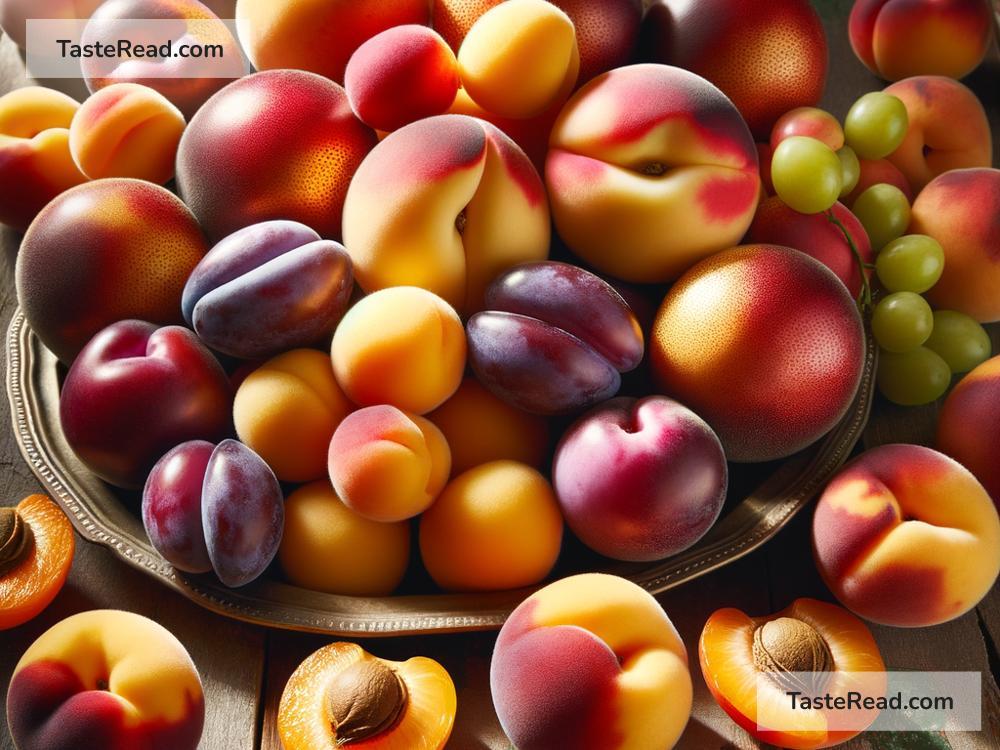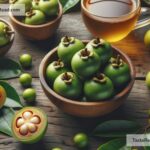How Hybridization Impacts the Taste of Stone Fruits
When you bite into a juicy peach, slurp the sweet nectar of a plum, or enjoy the tangy notes of a cherry, you might not think about the science behind the flavor. But many of the delicious stone fruits we enjoy today didn’t exist naturally—they’re the result of hybridization. This is a fascinating process that impacts the flavor, texture, and experience of eating stone fruits. Let’s dive into how hybridization transforms the taste of these beloved fruits and why it matters.
What Are Stone Fruits?
Stone fruits are fruits that have a hard pit or “stone” inside. Common examples include peaches, nectarines, plums, cherries, apricots, and even almonds (yes, almonds are technically stone fruits!). These fruits are known for their vibrant flavors, juicy textures, and versatility in cooking, baking, and snacking.
What Is Hybridization?
Hybridization is the process of crossing two different plant varieties to create a new type of fruit. This happens when farmers or scientists intentionally breed plants to combine characteristics from both parent plants. Sometimes hybrids occur naturally, but most are carefully developed over years to achieve desirable traits, like better taste, larger size, stronger resistance to diseases, or longer shelf life.
Think of hybridization as matching two plants with complementary traits to create an “ultimate” fruit. For example, if one type of plum has intense sweetness but poor texture and another has a firm texture but less flavor, combining them can lead to a perfect balance of sweetness and texture in the resulting hybrid.
Hybridization and Stone Fruit Flavor
One of the most exciting results of hybridization is how it impacts taste. Flavor in stone fruits comes from a mix of sugars, acids, and aromatic compounds. Hybridization allows growers to modify the balance between these elements, creating fruit with unique and appealing flavors.
1. Sweeter Tastes
Many fruit hybrids are bred to enhance natural sweetness. Consumers often prefer sweeter fruits, which make them enjoyable as snacks and desserts. For example, certain hybrid peaches might have a higher sugar content, giving them a candy-like flavor that outshines traditional varieties. Similarly, pluots (a cross between plums and apricots) are incredibly sweet, with a honey-like taste that’s hard to resist.
2. Tart and Tangy Flavors
While sweetness is often the goal, hybrids can also be bred for more intense tartness. This is especially popular in cherries and plums, where a touch of tartness adds complexity to the flavor. The balance between sweet and sour in hybrids is carefully adjusted to appeal to different taste preferences. Cherry hybrids like “Rainier cherries” have a lovely mix of sweetness and tanginess, making them stand out from standard varieties.
3. Unique Flavor Profiles
Hybridization can create entirely new flavor combinations. Pluots, mentioned earlier, have the sweetness of plums combined with the delicate fruity essence of apricots. Another hybrid, the peacotum (a mix of peach, apricot, and plum), offers a blend of all three fruits in one bite. These hybrids feel like creative culinary experiments, showcasing flavors you won’t find in natural varieties.
4. Enhanced Aromatics
Flavor isn’t just about taste—it’s also about smell. Some hybrids are bred to amplify their aromatic compounds, giving them stronger fragrances that enhance the eating experience. For instance, certain hybrid peaches may smell as amazing as they taste, delivering a burst of floral and fruity notes as soon as you take a bite.
The Science Behind It All
While hybridization sounds simple, it’s a highly complex and time-consuming process. Growers must study the genetics of different plants to determine which traits they want to combine. After cross-breeding two plant varieties, they monitor the offspring to see if the desired characteristics (like taste, texture, or aroma) actually appear. It can take years, sometimes decades, to create a successful hybrid that can be grown commercially.
Another factor that influences taste is the environment in which the hybrid fruit is grown. Soil quality, temperature, and farming techniques all play a role in determining how flavorful a stone fruit will be.
Are There Downsides to Hybridization?
While hybridization is amazing, it’s not without challenges. Some stone fruit hybrids may lose certain traditional flavors that purists love. For example, people who grew up eating tart plums might feel that the sweeter pluot hybrids lack the punch of original varieties. Additionally, hybrids may sometimes be more expensive since they require extensive research and development.
Why Hybridization Matters
Hybridization isn’t just about creating tasty fruit; it’s also about solving problems. By creating hybrids, growers can develop fruits that are more resistant to pests or diseases, reducing the need for pesticides. They can also breed varieties that thrive in different climates, ensuring a steady supply of fruit despite environmental challenges.
Moreover, hybrids expand the range of flavors available to consumers. Whether you’re someone who loves sweet fruits, prefers a hint of tartness, or enjoys trying new and exotic flavors, hybrids ensure there’s something for everyone.
Final Thoughts
Hybridization has completely transformed how we experience stone fruits. With each hybrid, growers push the boundaries of flavor, creating fruits that are sweeter, tangier, and more fragrant than ever before. Next time you bite into a pluot, a Rainier cherry, or a hybrid peach, take a moment to appreciate the science and creativity behind its taste. Hybridization isn’t just about farming—it’s about crafting an unforgettable fruit-eating experience. And as innovation continues, who knows what exciting new stone fruit hybrids will appear on our plates next?


